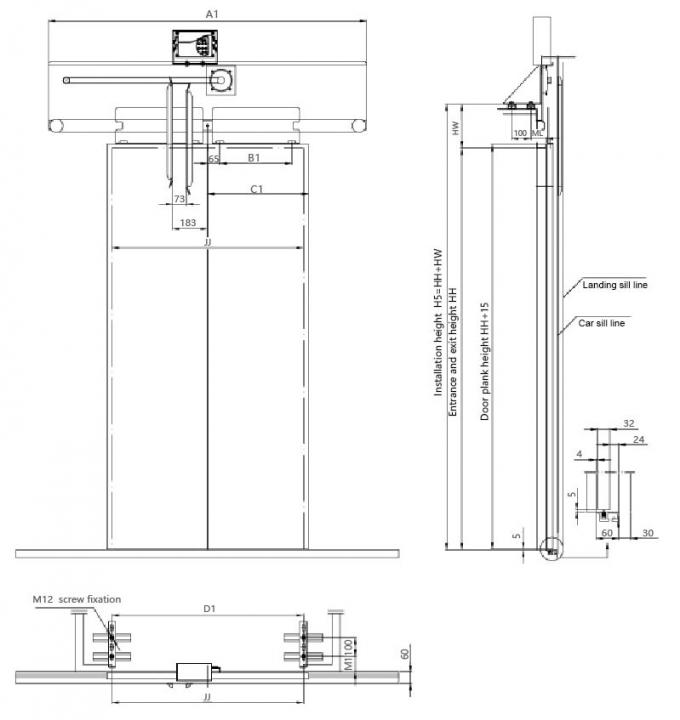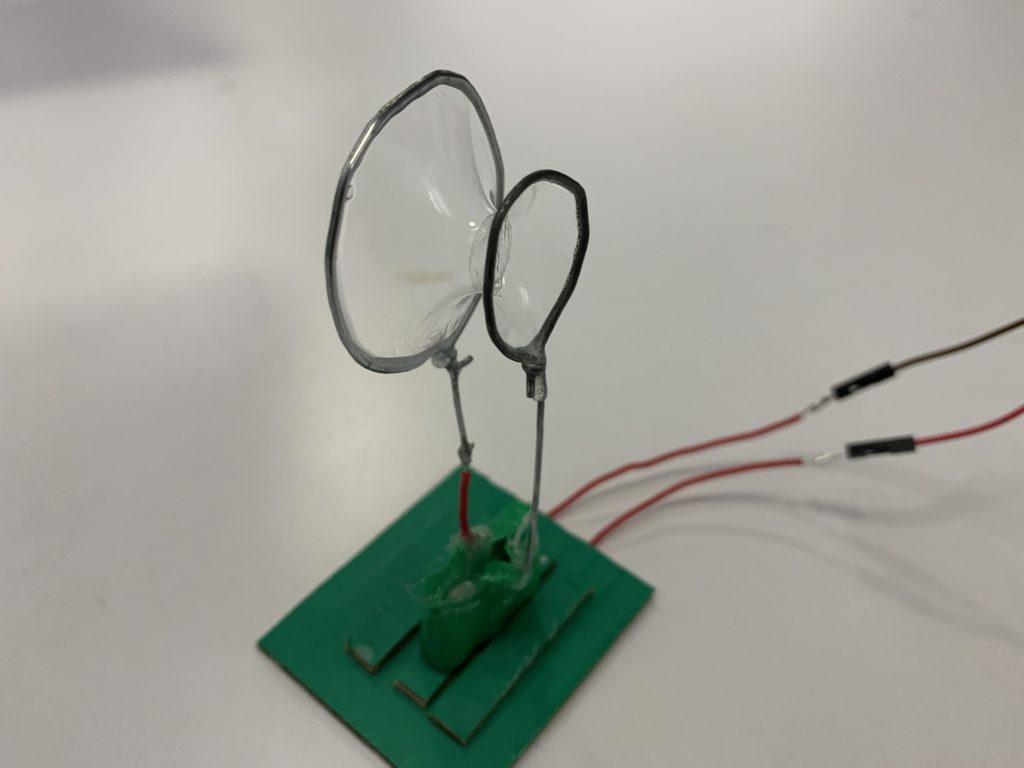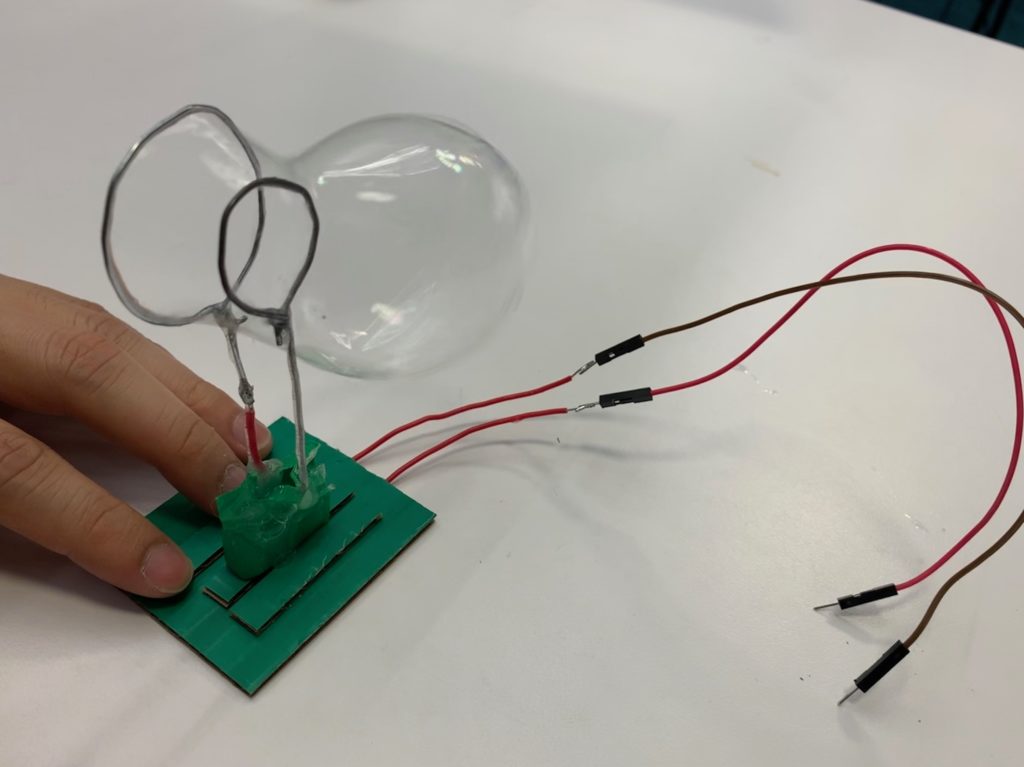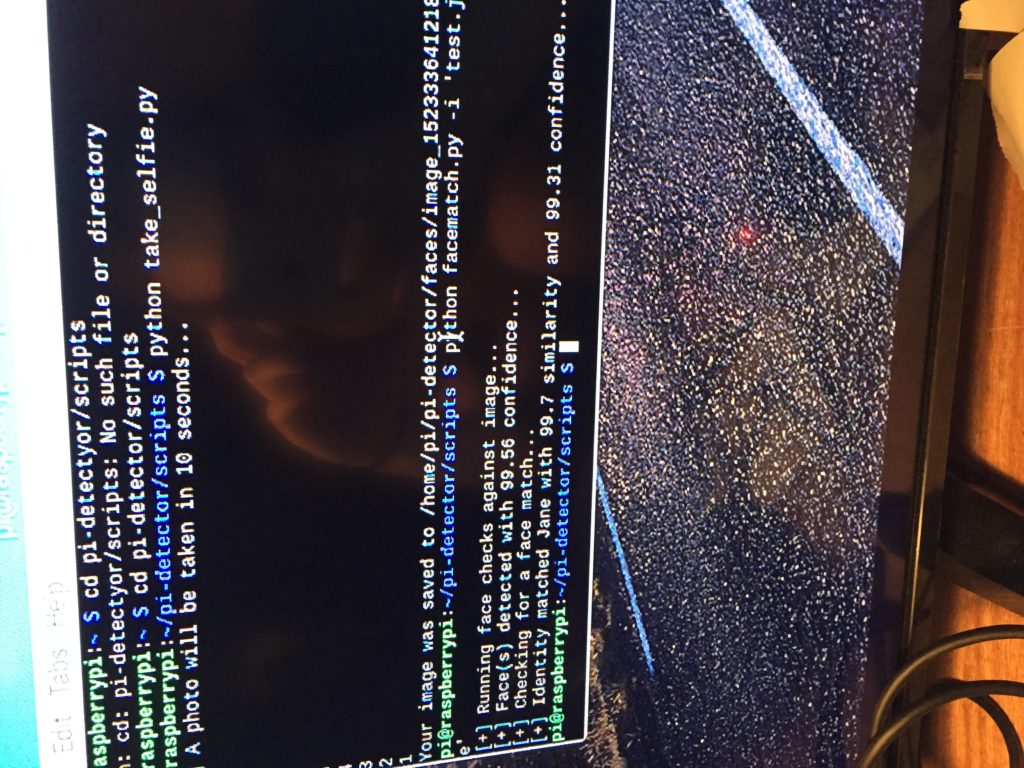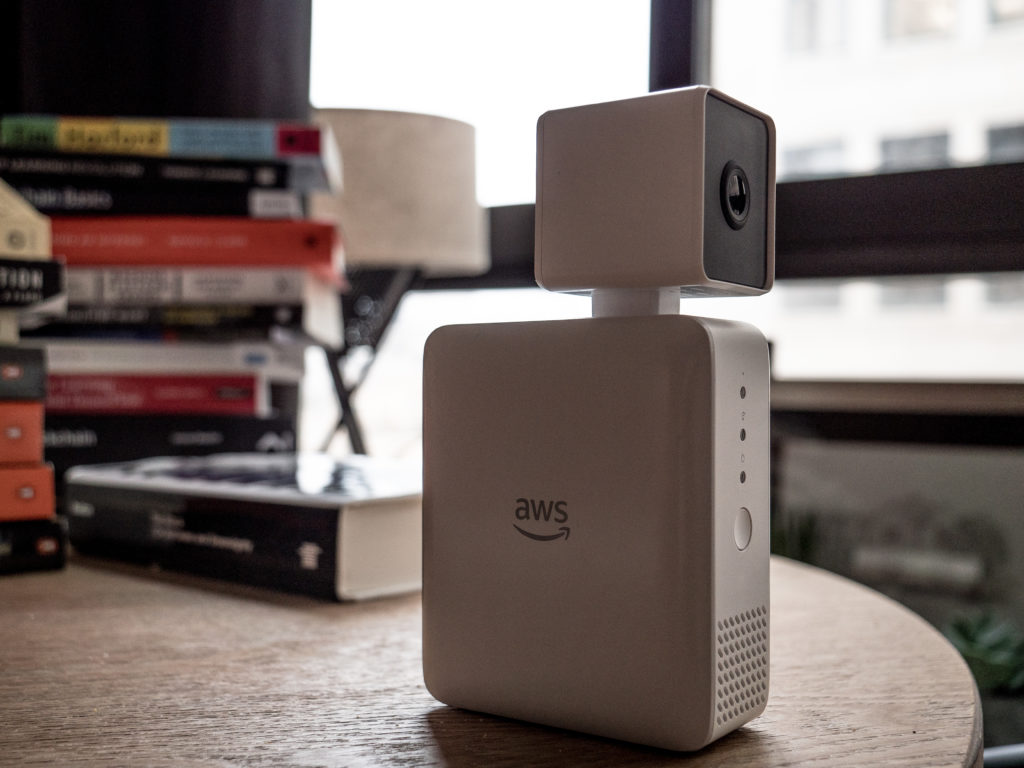I’ve made some observations about an interface that everyone in this class has used: the MAGNET doors. There are some problems with the way they unlock both for people entering and leaving. If you’re entering, you have to tap your ID on the card reader to unlock the doors. However, the glass doors, which allow you to see inside, also make it so the card reader has to be farther away from the doors. Additionally, even if your card won’t open the door, the light on the reader still goes green, and in most people’s minds, green = go. The distance also means that if your card didn’t work, you have to walk a couple steps back to re-tap or, as many people do, just ask whoever’s at the desk to let you in so you can get to class.
Then, once class is over and you’re on your way out, there’s a proximity sensor and a button to unlock the doors. The sensor is supposed to automatically unlock the doors when someone approaches, but it’s aimed poorly and only detects you if you’re either very tall, waving at it, or walking straight at it from a distance. Given that most Magnet classrooms are around the corner from the door, most people don’t walk straight at the door, instead staying close to the wall, and in the sensor’s blind spot. Therefore, most people go for the button, which suffers from the same problem as the card reader on the other side: it has to be on the wall, so it can’t be within arm’s length from the door. A few people I’ve talked to didn’t even know the sensor was there and always went for the button. I only figured out about the sensor because my apartment building growing up had an automatic side-entrance door with a similar problem: it wouldn’t detect me unless I waved at the sensor to open the door. That one didn’t even have a button, and the door was HEAVY so good luck getting it open without the machine’s cooperation. If these doors are this much of a pain to get through for me I can only imagine how difficult it would be for someone in a wheelchair or someone with limited use of their arms or hands.


